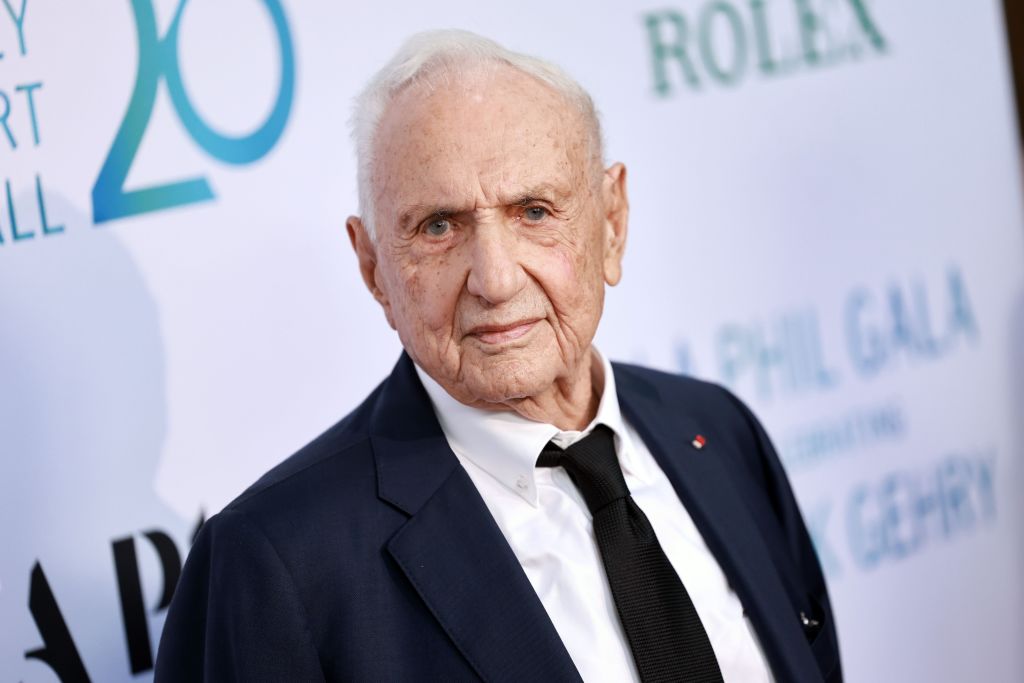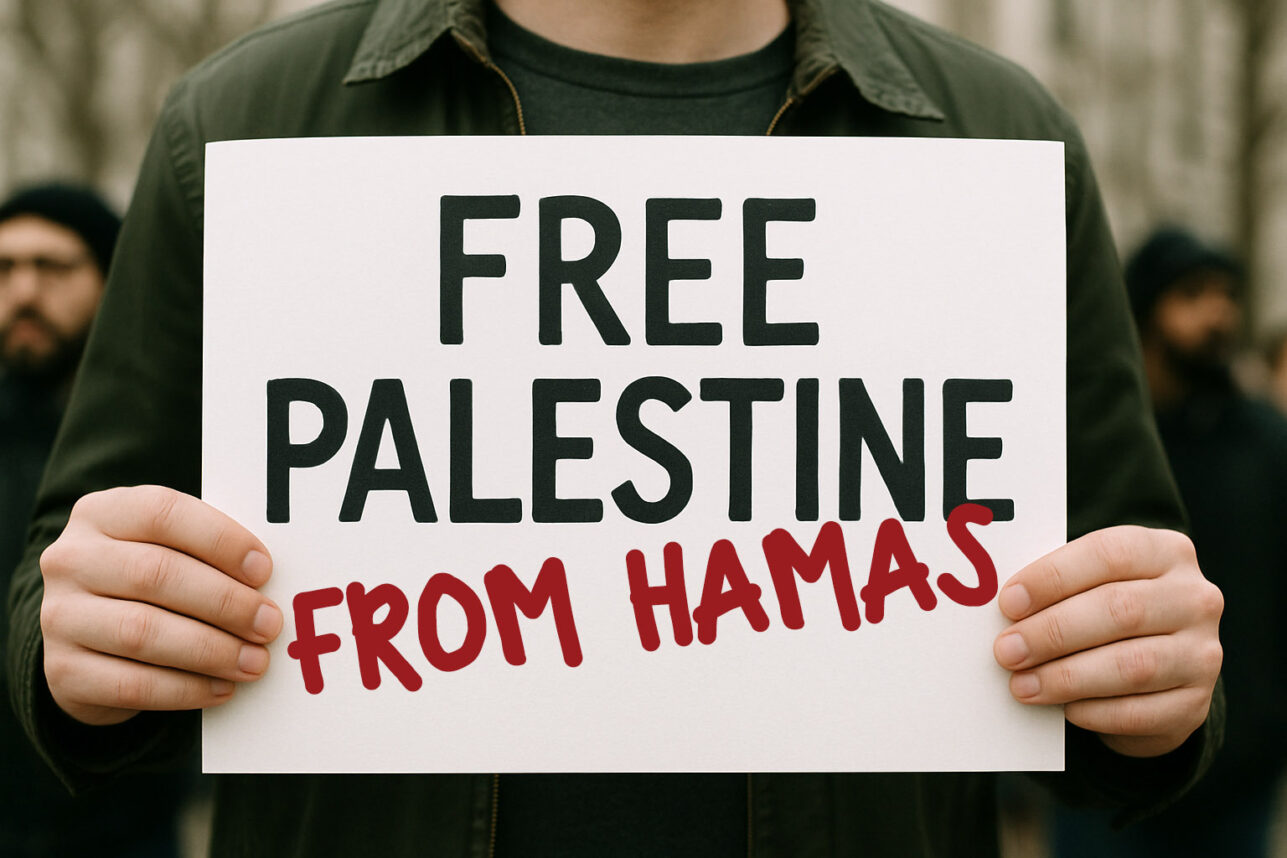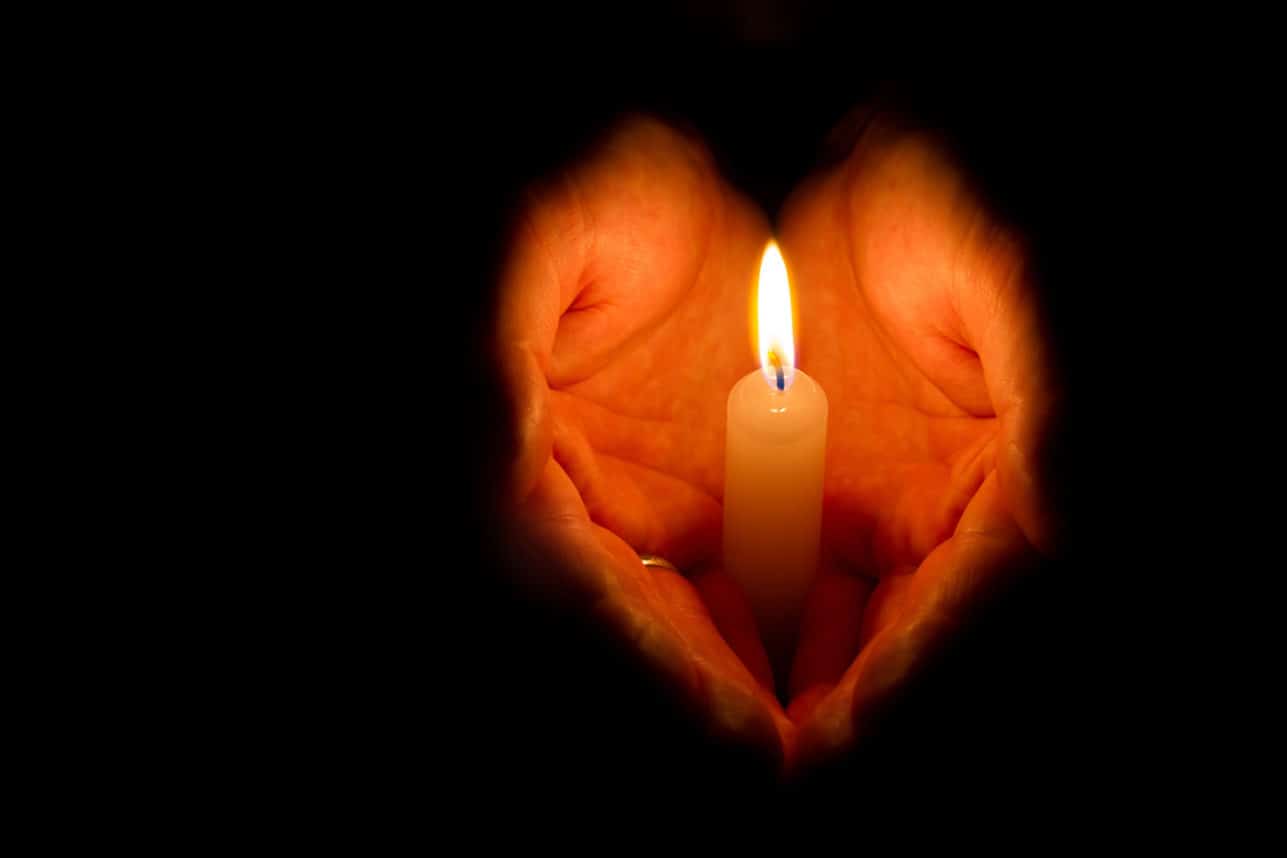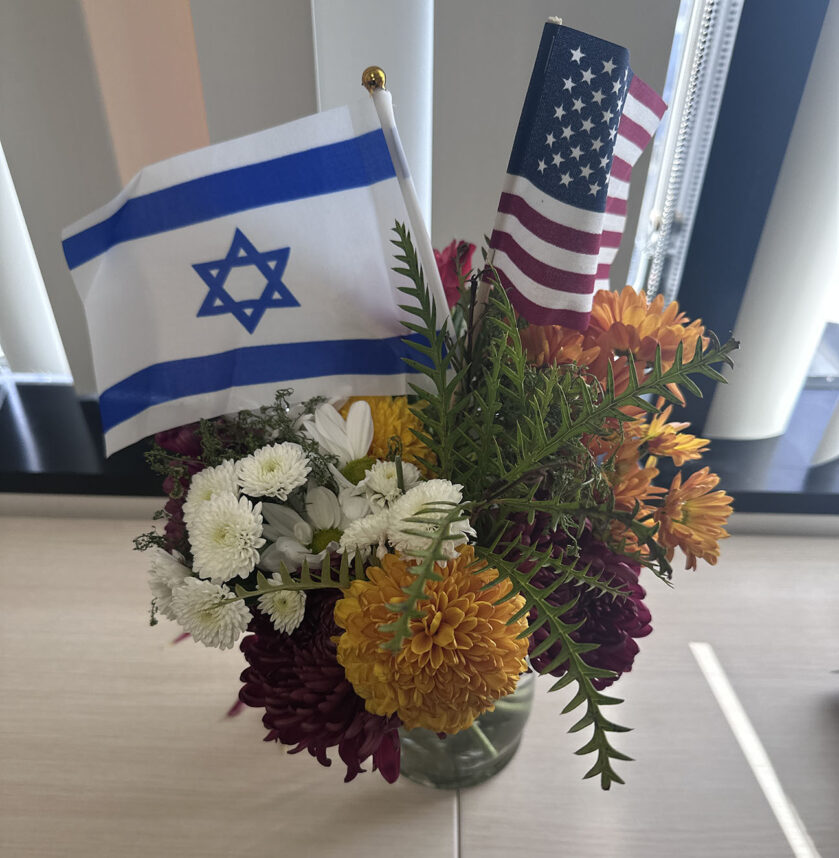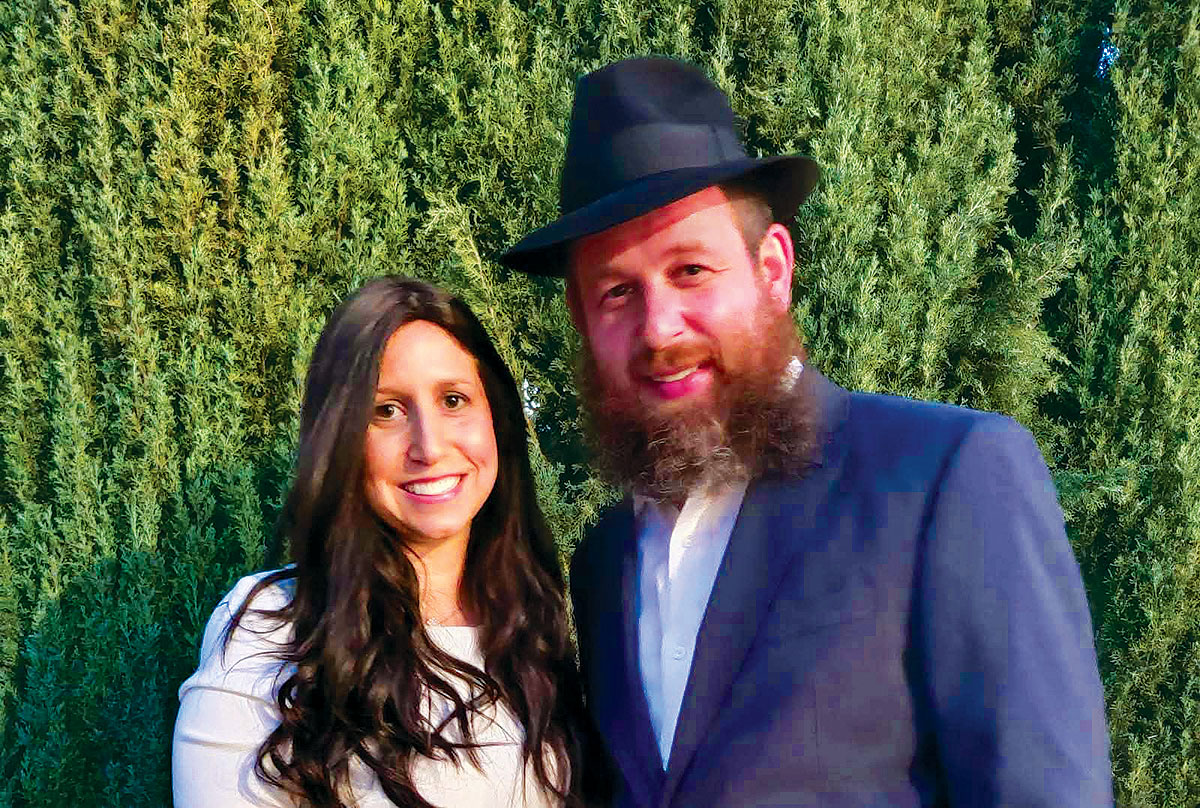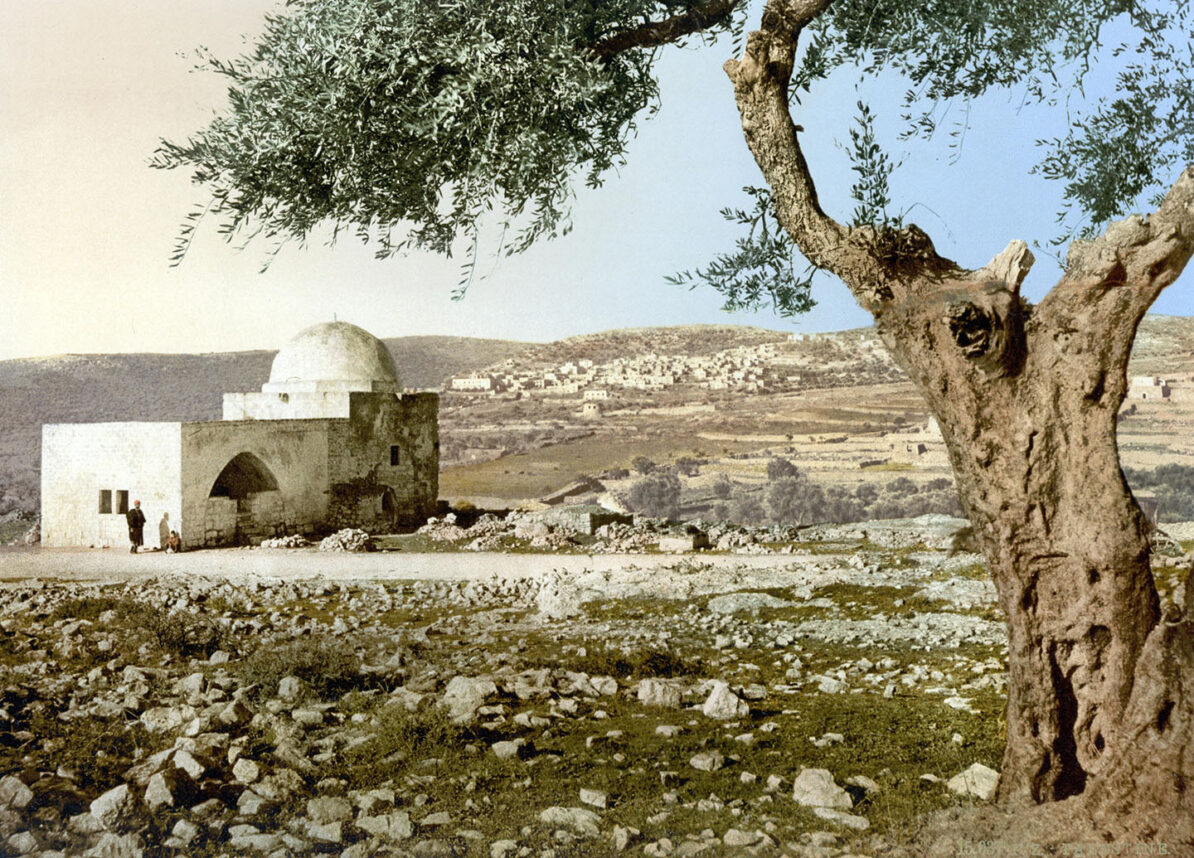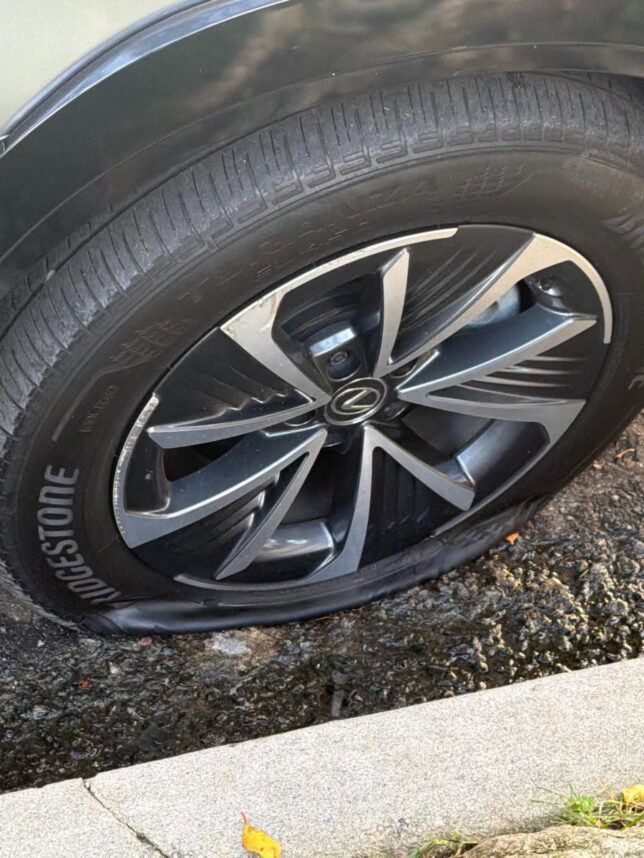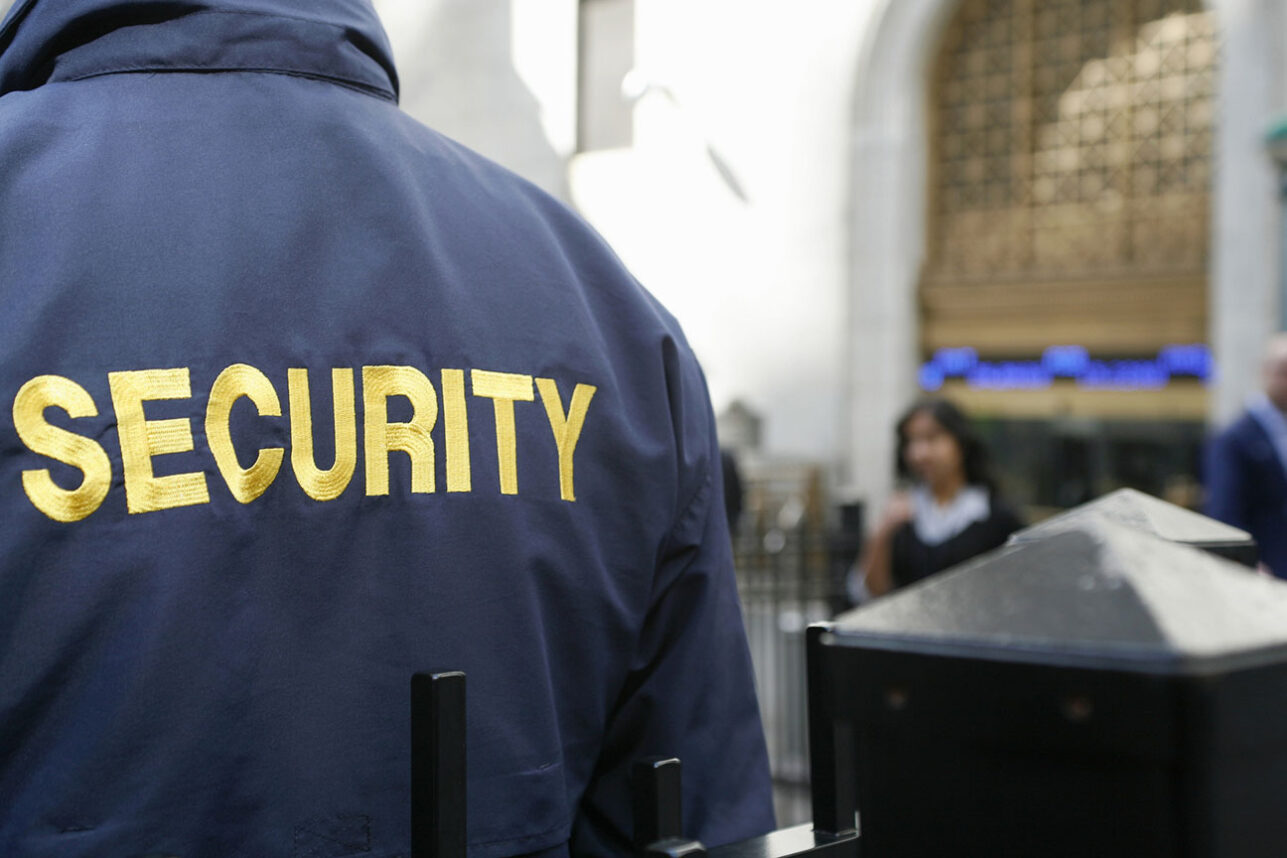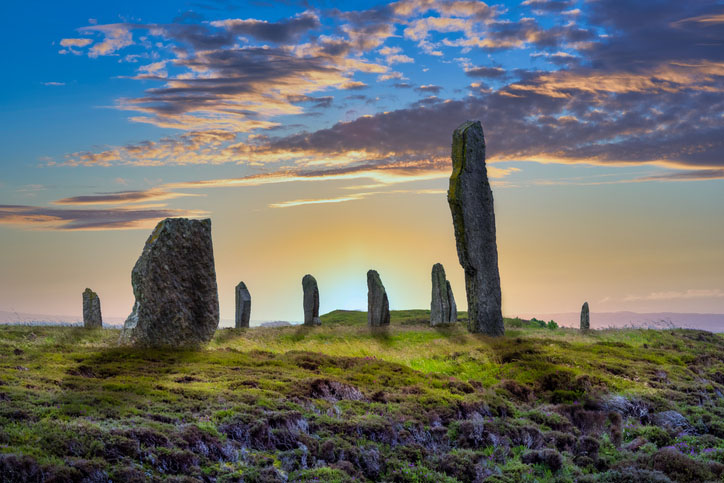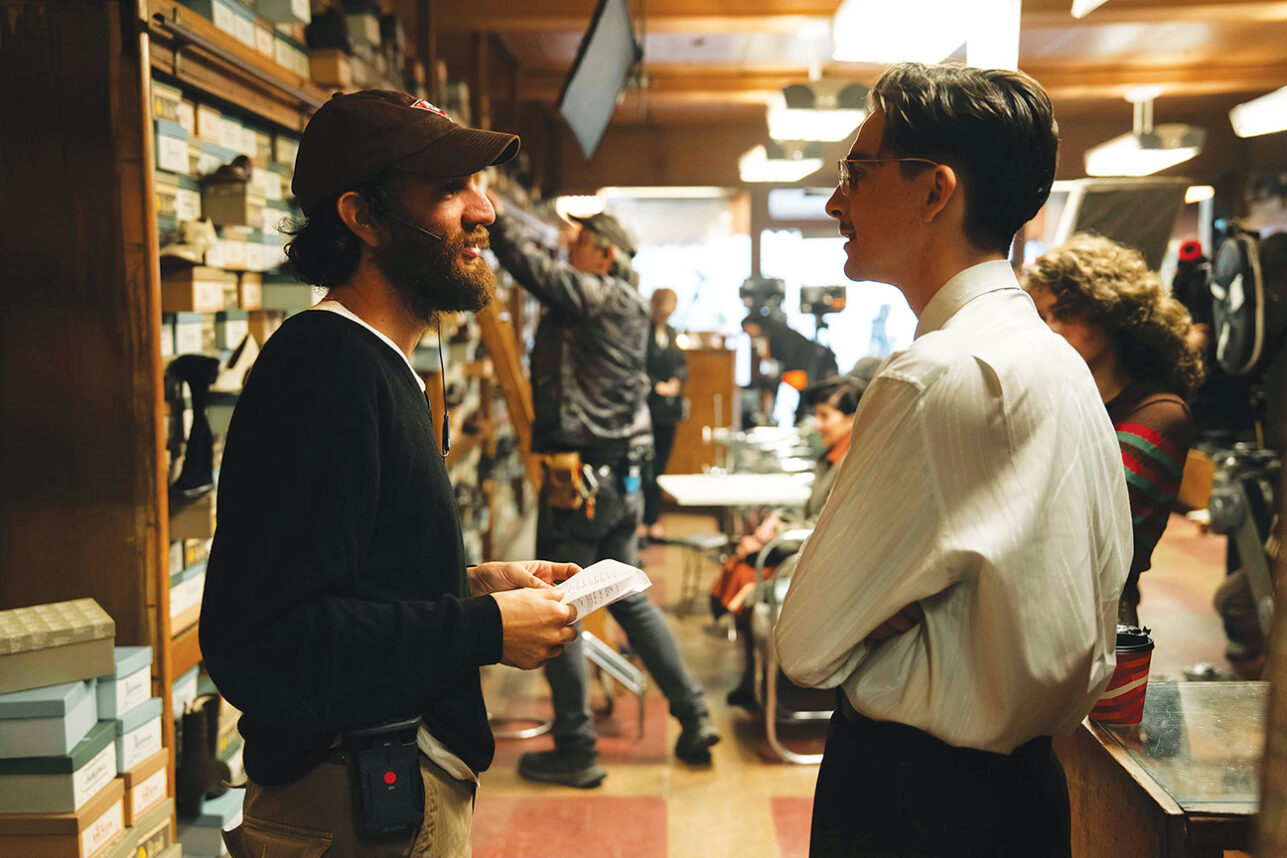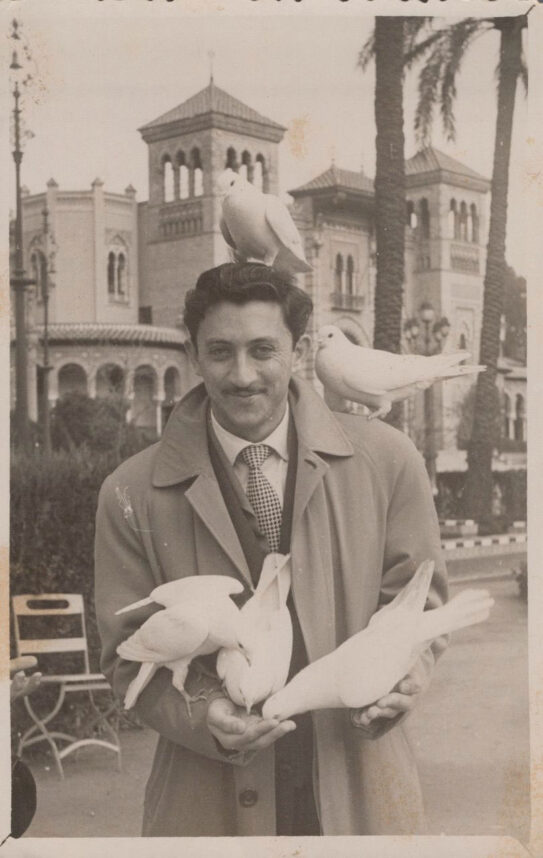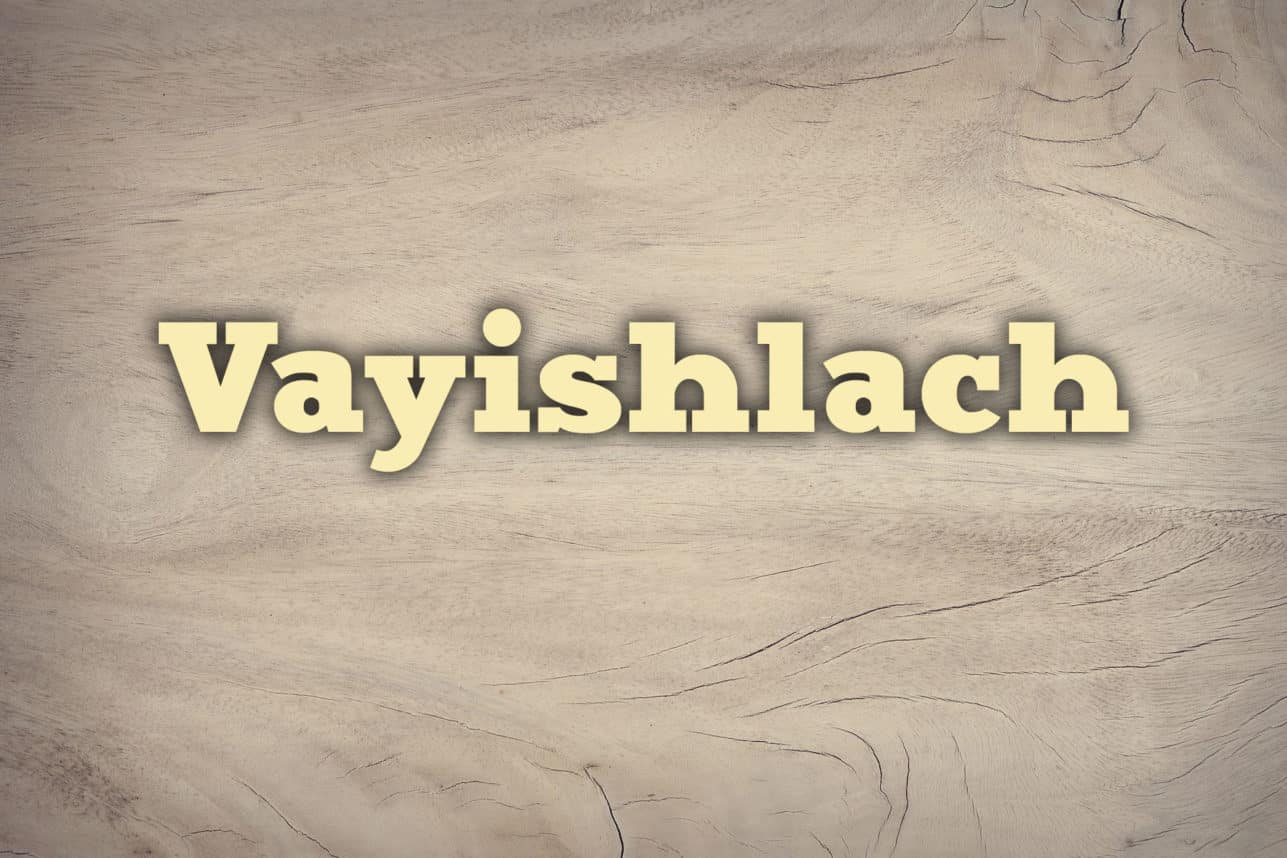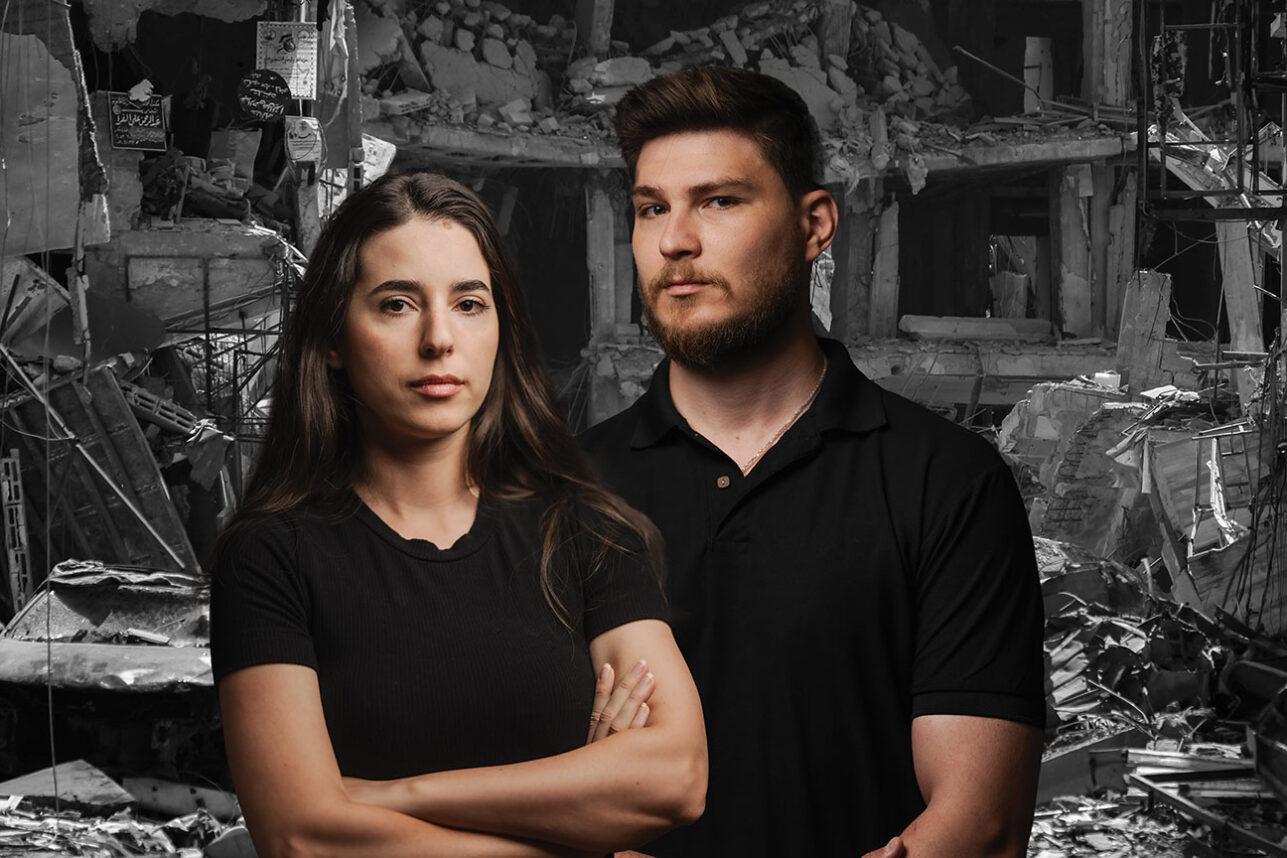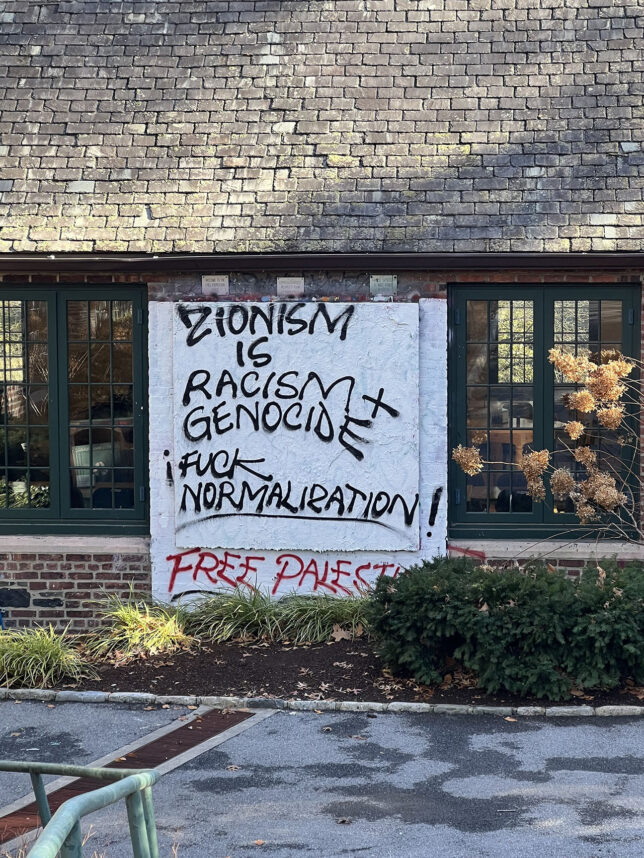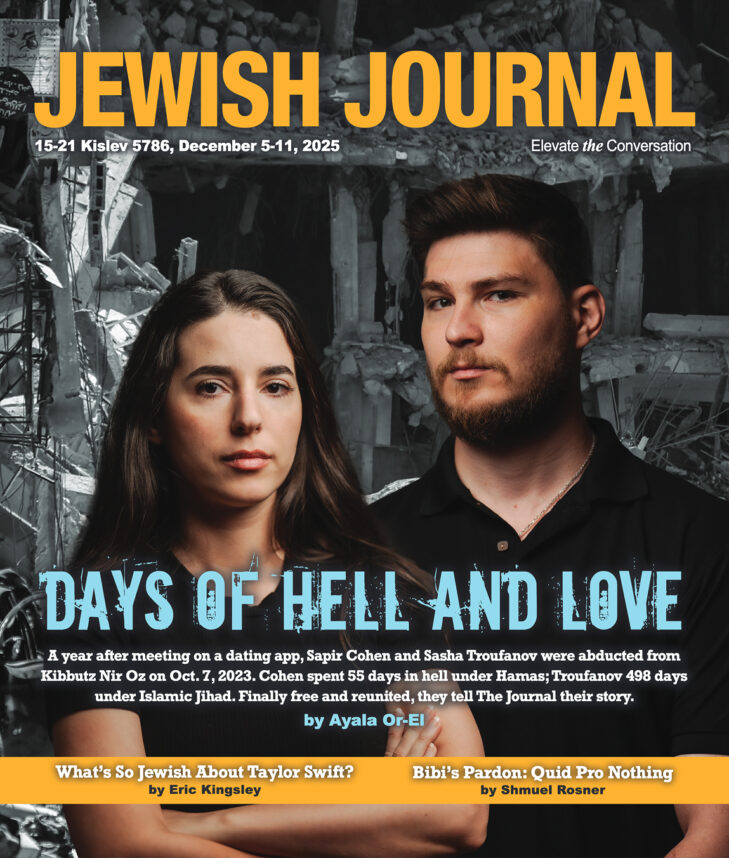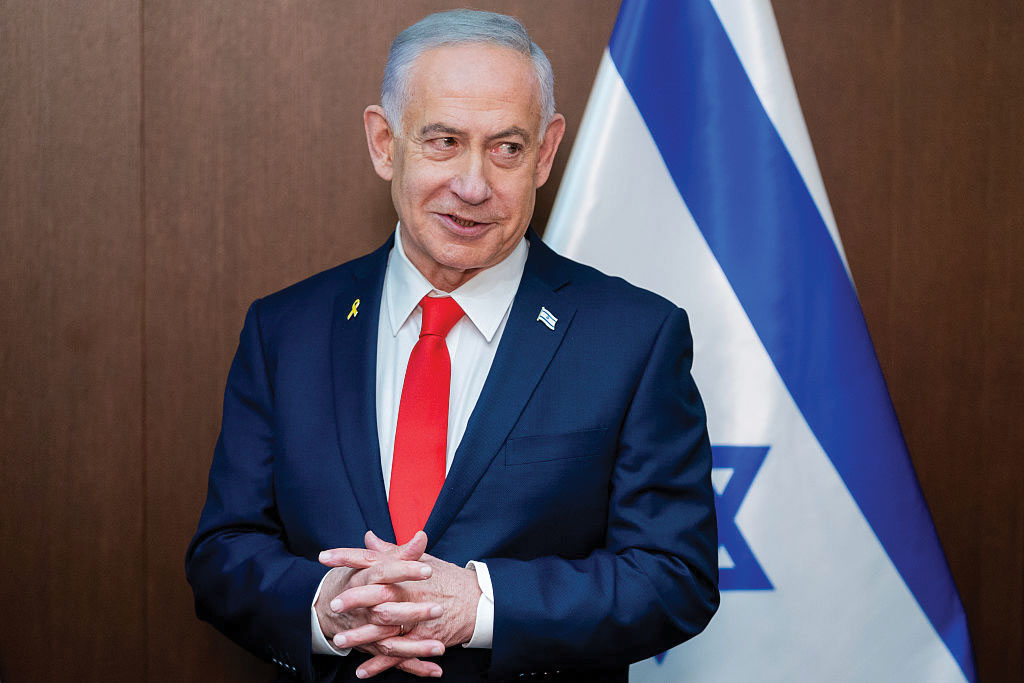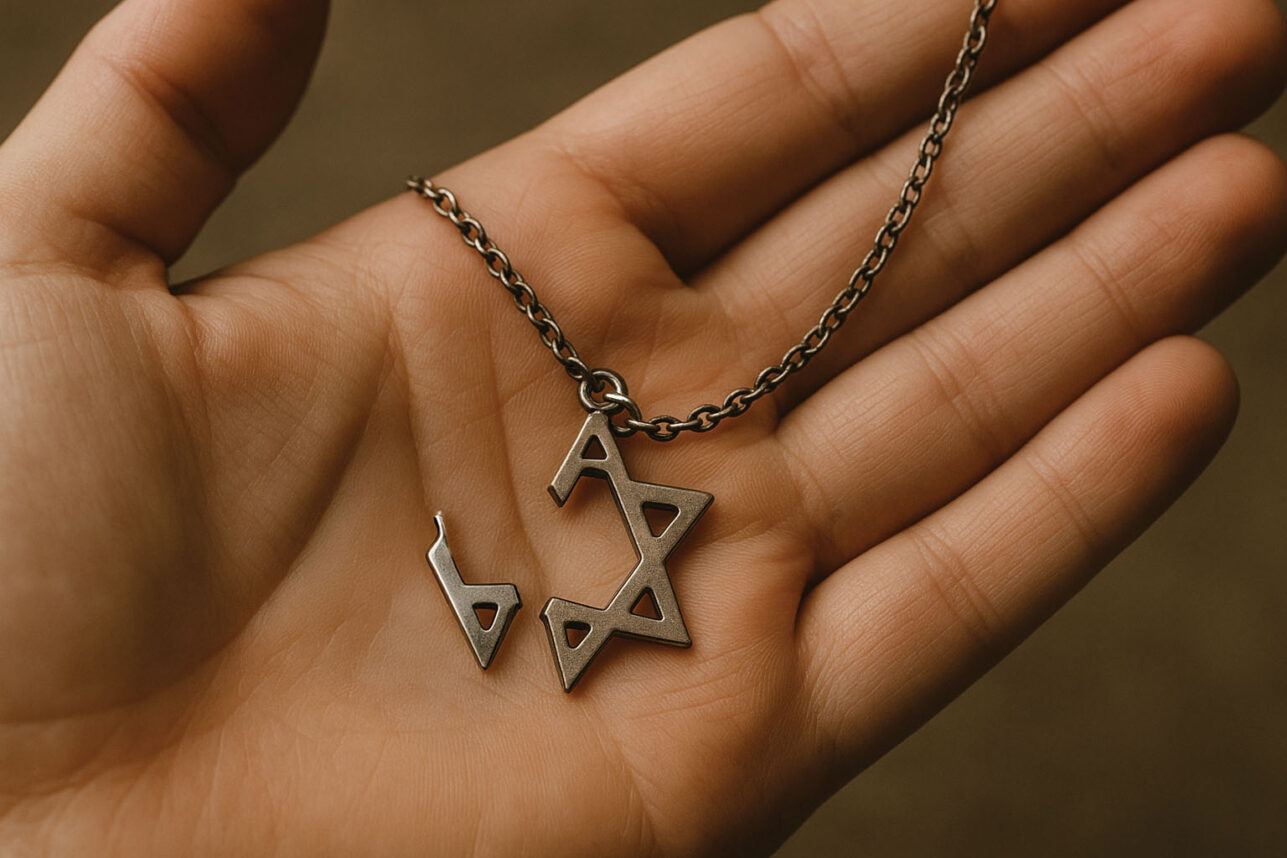Someone has demolished a part of Los Angeles Jewish history and at this point no one in the Jewish community or even the city’s building department seems to know who did it and why.
The architecturally significant Soto-Michigan Jewish Community Center, the focal point of Jewish social and political community life in Boyle Heights from the early 1930s to the late 1950s, has disappeared under the wrecking ball.
The first to call attention to the loss — after discovering nothing but freshly turned dirt at the site — was Aaron Paley, president of Community Arts Resources. He was leading a Jewish heritage tour of Boyle Heights earlier this month and said he could hardly believe his eyes when he found an empty bulldozed parcel of land in place of the two-story building at the corner of Soto and Michigan.
The JCC not only served Boyle Heights when it was the liveliest “shtetl” in Los Angeles, but was also an architectural landmark.
It was designed by Raphael Soriano, a Sephardic native of Rhodes, who defined the architectural style known as “California modernism,” characterized by the innovative use of prefabricated steel and aluminum.
Famed architectural photographer Julius Shulman, a close friend of Soriano, raised considerable funds to get the project off the ground.
But Paley isn’t the only one surprised at the building’s disappearance.
David Lara of the L.A. Department of Building and Safety, which issues permits for demolitions, searched city records but found no trace of a demolition permit for the site.
A different kind of permit was issued for the location on Feb. 9 of this year, but only for electrical renovation work by Power Plus, a Sun Valley company.
An official at Power Plus confirmed the permit and named C&SO Construction Company as the main contractor. No one was available at the company office on Friday afternoon.
The JCC was not included on the historical landmark list of either the city or the Los Angeles Conservancy, a community organization.
Ken Bernstein of the Conservancy pointed out that many historic, cultural and architectural sites in Los Angeles remain unprotected from developers.
One problem is the sheer size of a city of 460 square miles. “We have in Los Angeles 800,000 legal parcels, but only 800 are designated as historic landmarks,” said Bernstein.
The Boyle Heights JCC had a gymnasium and meeting halls, but it was much more than that. The membership was well known for its “firebrand left politics,” as Paley put it.
One former member, Leo Frumkin, wrote that in his extended family in the 1940s, political ideology ranged from social democrats to communists.
The JCC pioneered the Jewish community’s outreach to other ethnic groups in the immediate post-war years. Its annual Friendship Festival brought together more than 12,000 “Mexican, Japanese, Negro and Jewish youths in a cooperative venture,” wrote historian George Sanchez.
After the vast migration of Boyle Heights Jews in the 1950s — to the Fairfax area, Beverly Hills, Westside and San Fernando Valley, the Soto-Michigan JCC became, for years, a general community center under the name All Nations’ Center.









